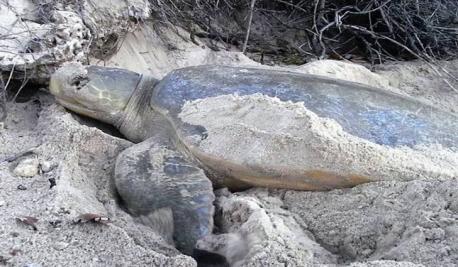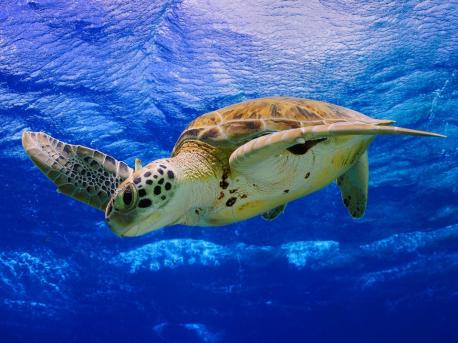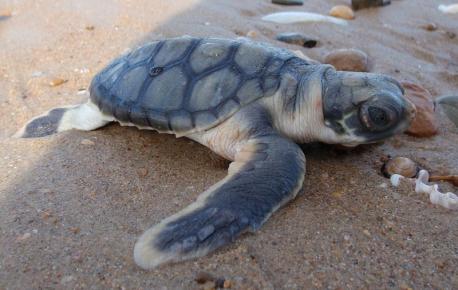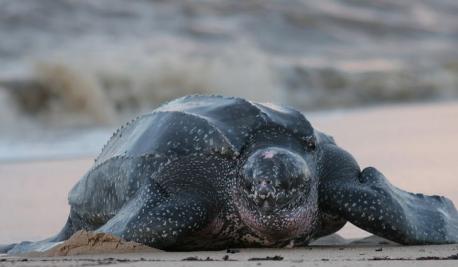Results: Sea turtles - Part 1 of 2
Published on 10/06/2018
QUESTIONS
GO to COMMENTS
Comments
1.
1.
(Source: worldatlas.com) Sea turtles live for up to 150 years, but throughout their whole lives, they remember the beach where they were born. They can weigh up to 400 pounds, and live in tropical and subtropical oceans worldwide. Have you been able to be close to one of these creatures in their natural habitat?

Yes
18%
340 votes
No
88%
1646 votes
2.
2.
Loggerhead, hawksbill, leatherback, olive ridley, flatback, green, and Kemp's ridley are the seven species of marine turtles found in the oceans of our world. We will check a few today, and the rest in the next survey. Did you know all of them before today?

Yes
17%
316 votes
No
89%
1670 votes
3.
3.
The flatback sea turtle (Natator depressus) is found in the coastal waters and sandy beaches of Australia. It has the smallest range of all marine turtle species. These turtles are olive green to gray in color while the ventral surface is cream-colored. The flatbacks are called so because of their relatively flat shell compared to other marine turtle species. The turtles have a length ranging from 76 to 96 cm and weight ranging between 70 and 90 kg. They live in bays, lagoons, grassy areas, estuaries, and other places with a soft-bottomed sea bed in the coastal waters of Australia. The turtles are omnivorous by nature and feed on soft corals, jellyfish, shrimp, sea cucumbers, seagrasses, etc. The flatback sea turtles face fewer threats imposed by humans due to their restricted habitat which makes them less vulnerable to being caught as bycatch. Demand for their meat and eggs also is mostly absent. They are also well-protected within their range. The primary threat to these turtles comes from predation by feral dogs, pigs, and foxes on shore. Sharks, small crocodiles, birds, and crabs might also attack the hatchlings while they move towards the sea after hatching takes place. Have you ever seen one of them?

Yes
12%
217 votes
No
94%
1769 votes
4.
4.
Leatherback turtles (Dermochelys coriacea) are named so for their hard, leather-like shells. These turtles weigh around 600 to 1,500 pounds and are about 55 to 63 inches long. The turtles are classified as vulnerable by the IUCN. These turtles are the largest of all sea turtles. They also migrate the most and cross both the Pacific and the Atlantic Oceans. Despite their wide distribution, the leatherback turtles are few in number as their eggs are over-harvested for trade in illegal markets. In Malaysia, the harvesting of leatherback eggs has rendered the species locally extinct. Tens of thousands of eggs have been removed and adults killed in Southeast Asia. The turtles exclusively feed on jellyfish, helping to keep the jellyfish population in control. Often, they mistakenly consume plastic floating in the ocean which might be lethal for them. Leatherback turtles are also caught accidentally on longline hooks, fishing gillnets, and shrimp trawl nets. Since these turtles need to surface to breathe, such traps kill them by drowning. Unregulated coastal development and rise in sea-level also threaten the turtles in their habitat. Do you avoid throwing trash to the sea?

Yes
70%
1323 votes
No
9%
167 votes
Not Applicable
26%
496 votes
COMMENTS


